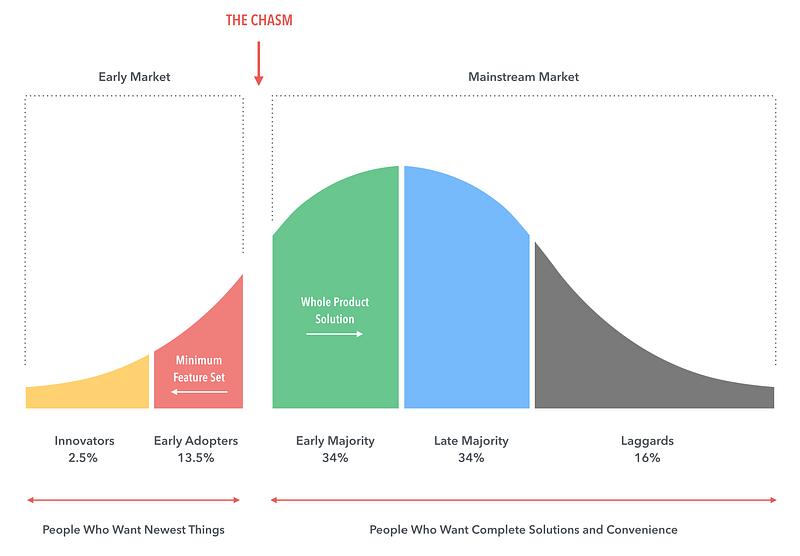In
one of my earliest roles at a B2B startup, there were so many fires in a
day, that if no “emergencies” occurred for even a couple of hours, I
sensed something was wrong immediately. It got to the point where I knew
hundreds of clients by name because of how frequently I needed to do
damage control.
Meanwhile,
new products, new features, new services, were continuously released as
we aimed to stay on the ‘cutting edge’ of technology. With limited
resources and a mission to stay innovative, low impact bugs and minority
clients were deemed low priority. I watched clients cancel and support
staff burn out.
Internally,
the “importance of customer service excellence” was reiterated time and
time again through every possible means — email, chat, message boards,
meetings, handbooks, training workshops, etc. Pull aside any employee at
random and they could mindlessly regurgitate that it was one of the
company core values. In reality, we missed the mark by a long shot.
“Great technology. Shit service. That’s our reputation.”

Where was the disconnect? The answer isn’t black and white, but I saw two areas contributing the most to this issue.
- Not all clients were treated equal. With the mentality of move fast and break things, beta users or clients who contributed to advancing the product/software were implicitly given priority. This is not necessarily a bad thing if there was load balancing to ensure sufficient support for the majority of the client base — paying customers with expectations.
- Innovation was prioritized over maintenance. Yes, complacency is dangerous and it is important to grow, to scale. But at what expense? With stretched resources, it can be easy to neglect seemingly ‘low impact’ bugs and glitches. The result? A team of support staff unequipped to provide long-term solutions to recurring issues for clients that reach out again, and again, and again.
Let’s break this down.
When
a startup makes the transition from early stage (looking for market
validation), into a growth stage, there is no longer the luxury of only dealing with ‘Innovators’ and ‘Early Adopters.’
This. Is. Not. A. Bad. Thing.
Great
technology that is lucky enough to have reached ‘product market fit’
serves a need, fills a gap, or solves a problem. Here’s the thing.
Clients onboarding at this point — the ‘Early Majority’ — have an
inherent expectation that they can reliably use the product. There is a
lower tolerance for inconsistency, errors, glitches.
Most, if not all, are not
willing guinea pigs supporting your grander, ultimate vision. They do
not care about that. They did not sign up for that. They want the tool
they paid for to work. They want it to work, the way it’s designed to,
when it’s supposed to, so they can go about their day running their own
businesses.

What am I saying?
The crux of it is this. There comes a point when innovation can wait. The point where the difference between success and failure is execution. Not the idea. Not intelligence. Consistent execution.
I
get the sense that many startups thrive on the concept of organized
chaos and inherently reject structure. Perhaps it’s a cultural thing.
Perhaps some startups remain functional on this model. However,
organized chaos is still chaos. And I, for one, can not imagine
operational efficiency being optimal on a model of chaos.
There comes a time for structure, which does not
have to equal rigidity. But it needs to create stability. While this
will mean something different for every company, there are some general
things. I’m talking about standard operating procedures. Enforcing
internal processes (e.g. clients are not QA, production environments are
not meant for testing… test the code!). And please, documentation can
no longer be optional.
Stability is just as important as scalability. Hate to say it, but scaling on an unstable foundation is stupidity. Especially when hubris allows a company to believe they can get away with it.
The
company I referred to at the start of the article was a SaaS startup
utilizing a subscription model. While it was vital to retain all our
customers, the cost of switching platforms was often too high and there
weren’t comparable programs on the market. As a result, the team
calibrated to the errors and took our clients’ tolerance for granted.
There
is nothing more detrimental to a business than falling into the trap of
believing their technology is great enough to outweigh good service.



No comments:
Write comments